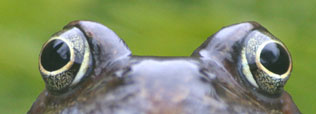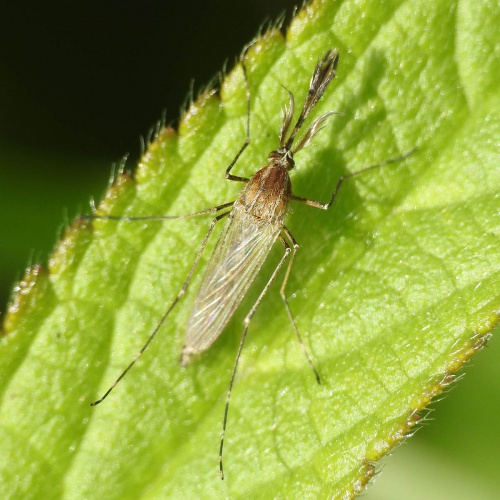Ochlerotatus caspius
This species has pale rings at the base and end of each joint of the tarsus. (In most species, it is just the base that is pale.) The thorax is evenly ginger with two narrow, pale lines.
Ochlerotatus dorsalis. (The other species with white bands either side of the tarsal segments.)
Unless identified by a recognised expert, a good quality photo is required showing the diagnostic features.
Usually a species of slightly brackish water of marshes and fens in coastal areas, but may also be found on inland floodplains.
April to October, peaking in May and September.
This species overwinters in the egg stage. Early spring flooding events lead to the eggs hatching in March, with adults appearing in April and remaining active until October.
Shows a south-easterly and coastal bias with a majority of records from the Thames estuary. Probably under-recorded.
Status in Leicestershire and Rutland not known. The record of 17th August 2019 was the first for VC55.
Leicestershire & Rutland Map
Enter a town or village to see local records
MAP KEY:
Yellow squares = NBN records (all known data)
Coloured circles = NatureSpot records: 2020+ | 2015-2019 | pre-2015
UK Map
Species profile
- Species group:
- Craneflies, Gnats & Midges
- Kingdom:
- Animalia
- Order:
- Diptera
- Family:
- Culicidae
- Records on NatureSpot:
- 2
- First record:
- 17/08/2019 (Gould, David)
- Last record:
- 12/09/2020 (Gould, David)
Total records by month
% of records within its species group
10km squares with records
The latest images and records displayed below include those awaiting verification checks so we cannot guarantee that every identification is correct. Once accepted, the record displays a green tick.
In the Latest Records section, click on the header to sort A-Z, and again to sort Z-A. Use the header boxes to filter the list.



